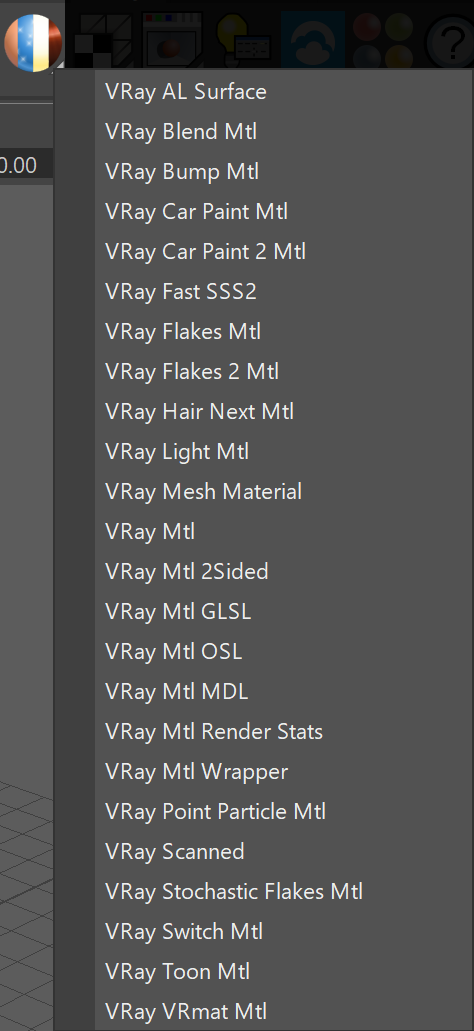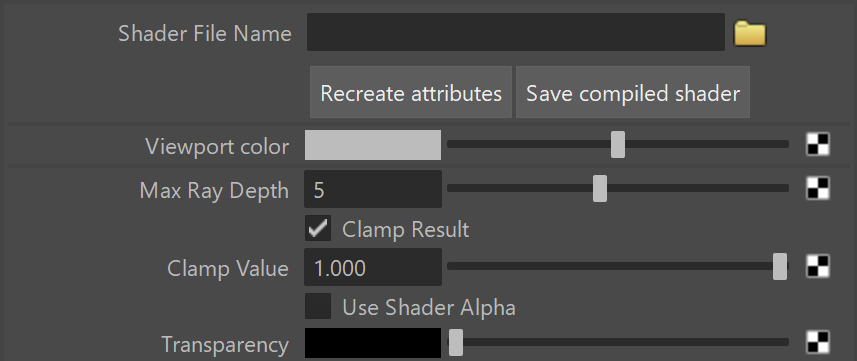The VRayMtlGLSL and VRayTexGLSL nodes can be used to load GLSL shaders (.frag, .glsl files) or V-Ray precompiled fragment shaders (.pfrag files) and render them directly with V-Ray. If the shader file describes a material (rather than a texture), it can be rendered with a VRay GLSL Material or by assigning a VRayTexGLSL map to the color slot of a VRayLightMtl material. Note that both VRayGLSLMtl and VRayTexGLSL share the same user interface. This material and the VRayTexGLSL map are part of the first stage of V-Ray implementation of GLSL support. In this version of V-Ray, the shaders are compiled to byte code for a software virtual machine, which is then interpreted. Due to this run-time interpretation, GLSL shaders can be somewhat slower to render than V-Ray shaders written in C++. In future builds of V-Ray, shaders will be directly compiled to machine code for faster rendering. |
|





